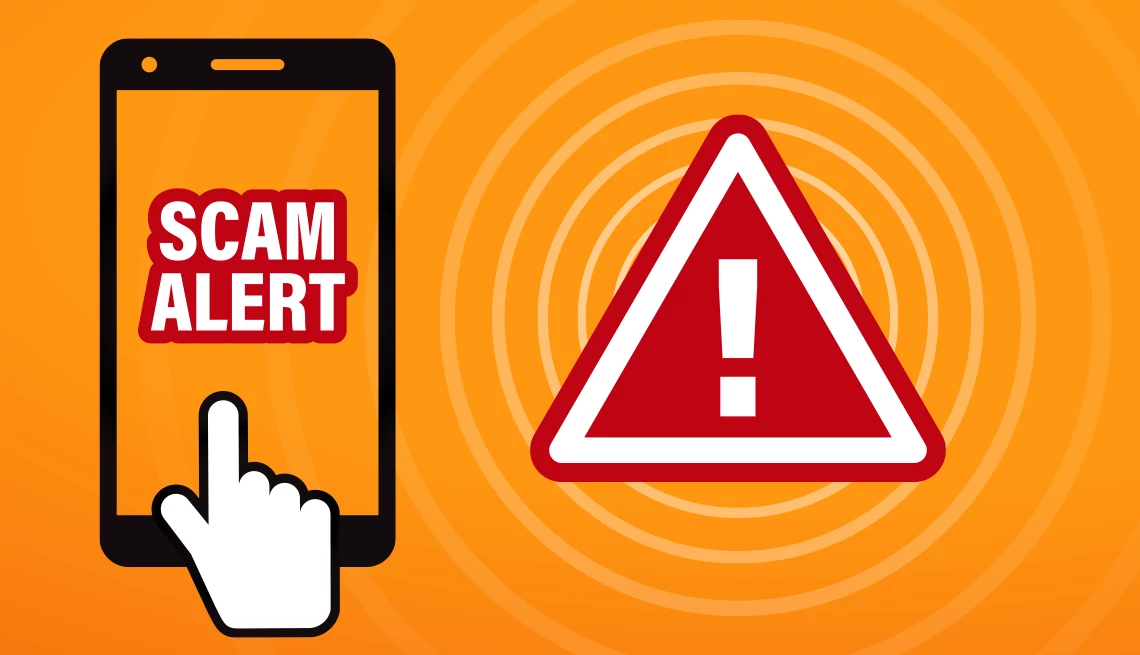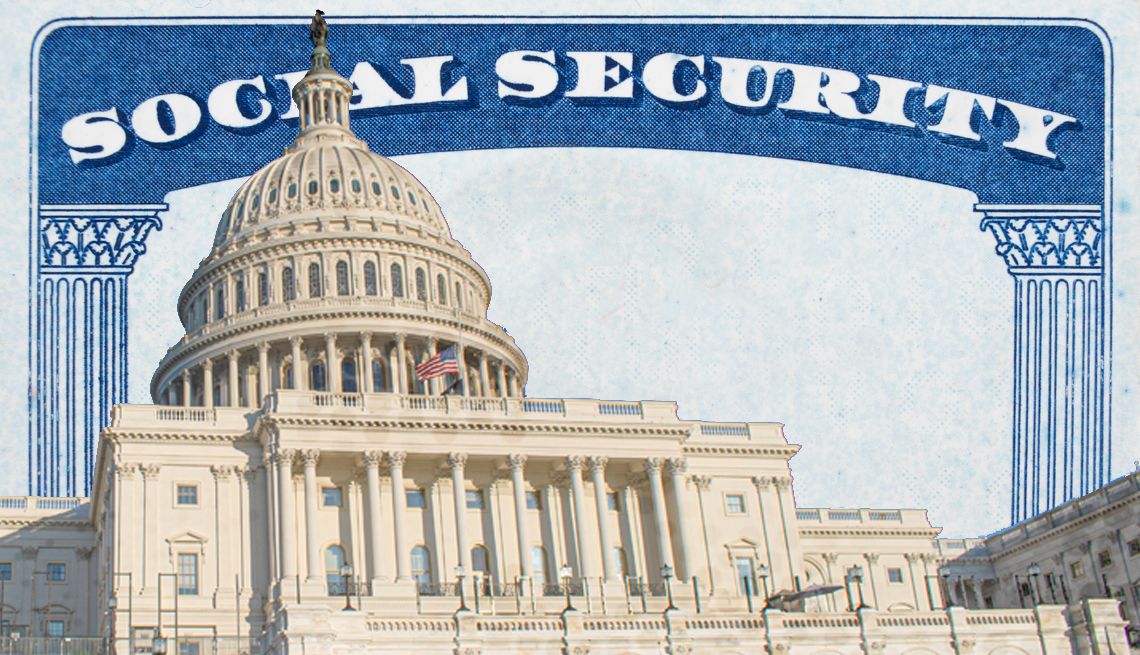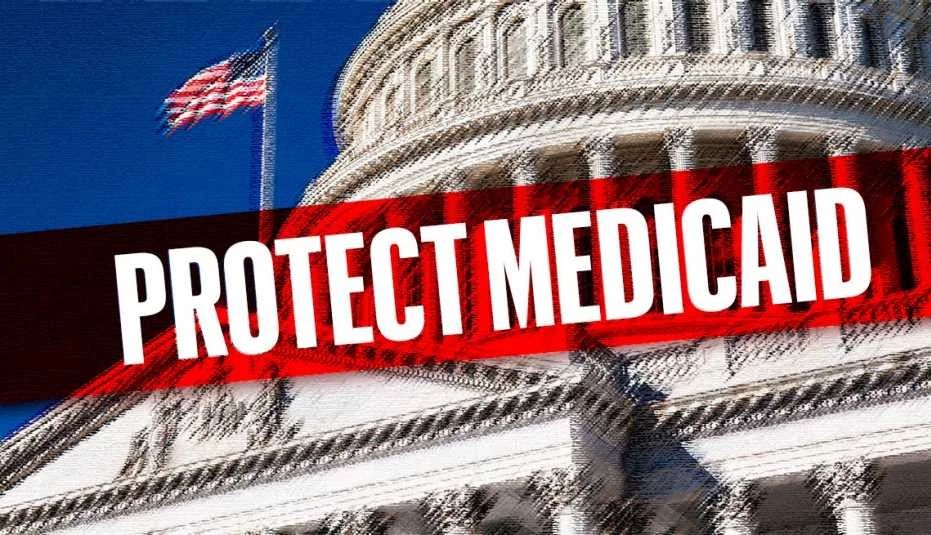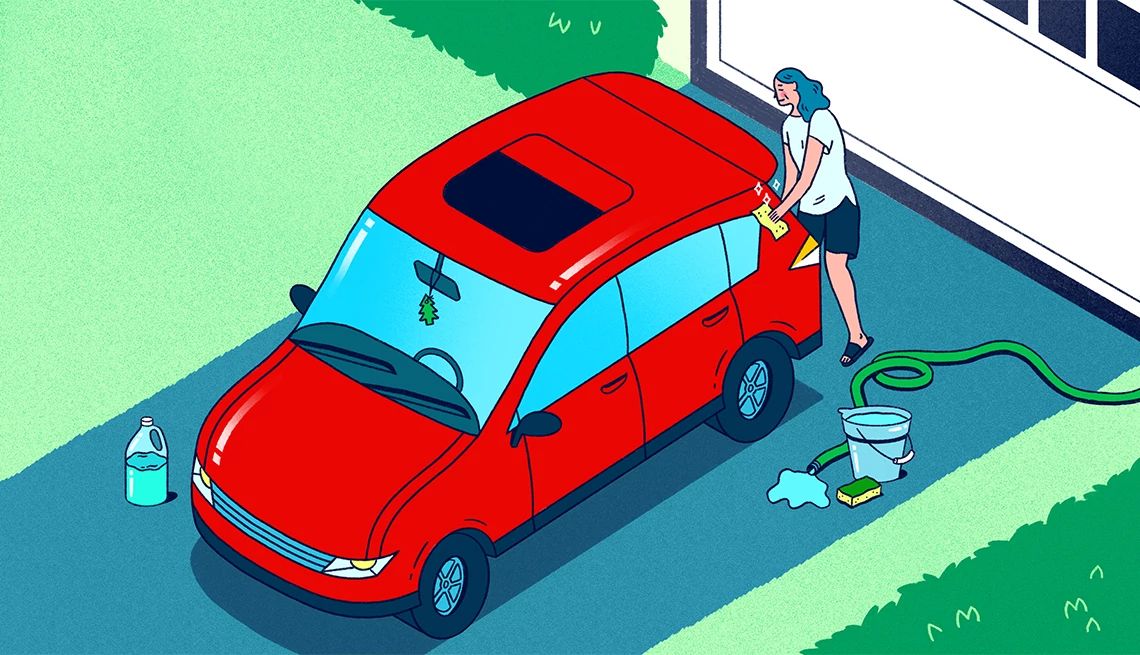When it comes to Medicare, one of the most misunderstood topics is the Part D late enrollment penalty. This penalty can be a costly surprise for those who didn’t sign up for Medicare Part D (prescription drug coverage) when they first became eligible. Fortunately, with the right information and planning, you can avoid this penalty altogether. In this detailed guide, we'll walk through everything you need to know about the Medicare Part D penalty, how it works, and the steps you can take to avoid it.
What Is Medicare Part D?
Medicare Part D is prescription drug coverage offered to people with Medicare. It helps pay for prescription medications, which are not covered under Original Medicare (Part A and Part B). Part D plans are sold by private insurance companies approved by Medicare, and they can be standalone plans (if you have Original Medicare) or included in a Medicare Advantage plan (Part C).
Having prescription drug coverage is important for many Medicare beneficiaries, particularly those who need regular medication. But even if you don’t take many prescriptions now, it’s essential to understand how delaying Part D enrollment can lead to a lifetime penalty.
What Is the Medicare Part D Penalty?
The Medicare Part D penalty is a financial penalty that is applied if you do not sign up for prescription drug coverage when you’re first eligible and go 63 or more consecutive days without "creditable" prescription drug coverage. This penalty is added to your monthly Part D premium for as long as you have Medicare drug coverage.
The penalty amount is calculated based on the number of months you went without coverage after becoming eligible. Specifically, the penalty is 1% of the national base beneficiary premium ($32.74 in 2024) multiplied by the number of months you were uncovered. That amount is then rounded to the nearest $0.10 and added to your monthly premium. This penalty is permanent—you’ll pay it for the rest of your life, or as long as you have Part D coverage.
What Triggers the Part D Penalty?
The Part D penalty is triggered in two main scenarios:
Failing to Enroll in a Part D Plan When You’re First Eligible
When you first become eligible for Medicare—whether at age 65 or through disability—you have a seven-month window to enroll in a Part D plan (this is your Initial Enrollment Period). If you don’t sign up during this time and you don’t have other creditable prescription drug coverage, you risk incurring the penalty.
Going Without Creditable Drug Coverage for 63 Days or More
Even if you decide not to enroll in a Medicare Part D plan, you need to ensure you have some form of "creditable" drug coverage. Creditable coverage means that your existing plan (like employer or union coverage) is expected to pay, on average, as much as a standard Medicare Part D plan would. If you lose your creditable coverage and don’t sign up for Part D within 63 days, the penalty clock starts ticking.
How Is the Penalty Calculated?
The penalty is calculated based on how long you went without creditable coverage. As mentioned earlier, the penalty is 1% of the national base beneficiary premium for each month you were without coverage. Let’s look at an example to clarify how the penalty is calculated.
Example: If you went 15 months without creditable prescription drug coverage, your penalty would be calculated as follows:
- National base beneficiary premium for 2024: $32.74
- 1% of $32.74 = $0.33 (rounded to the nearest $0.10)
- $0.33 x 15 months = $4.95
So, in this example, you would pay an additional $4.90 (rounded down) each month on top of your plan’s regular premium. Remember, this amount can increase every year as the national base beneficiary premium changes.
How to Avoid the Medicare Part D Penalty
The good news is that the Part D penalty is entirely preventable with a bit of planning. Here’s how you can avoid it:
Enroll in Part D During Your Initial Enrollment Period (IEP)
The easiest way to avoid the Part D penalty is to sign up for a Part D plan as soon as you become eligible for Medicare. The Initial Enrollment Period begins three months before the month of your 65th birthday, includes your birthday month, and extends three months after your birthday month. If you enroll during this seven-month window, you won’t face the penalty. Even if you don’t take many prescriptions now, it’s a good idea to enroll to avoid future penalties.
Maintain Creditable Prescription Drug Coverage
If you have other prescription drug coverage—through an employer, union, or retiree plan, for example—you don’t need to enroll in a Part D plan right away, as long as your coverage is creditable. Your employer or plan administrator should provide you with an annual notice confirming whether your plan is creditable. Keep this notice for your records because you’ll need it to prove you had creditable coverage if you later decide to enroll in Part D.
Sign Up During a Special Enrollment Period (SEP)
If you lose your creditable coverage (for example, if you retire and lose employer health benefits), you may qualify for a Special Enrollment Period. This gives you the opportunity to sign up for Part D without incurring a penalty. However, you must enroll within 63 days of losing your coverage to avoid the late enrollment penalty.
Keep Track of Enrollment Deadlines
Medicare has strict rules about enrollment periods, so it’s important to stay aware of when you need to take action. If you miss your Initial Enrollment Period, you’ll have to wait for the next Annual Enrollment Period (AEP) from October 15 to December 7 to sign up for Part D, and you could face the penalty if you’ve been without coverage for too long.
Consider a Medicare Advantage Plan That Includes Drug Coverage
Some Medicare Advantage plans (Part C) bundle prescription drug coverage with other benefits, so you don’t need to purchase a standalone Part D plan. If you choose a Medicare Advantage plan with drug coverage, it counts as creditable coverage, and you won’t be subject to the penalty.
What Happens If You Already Have the Penalty?
If you already face the Part D penalty, there’s no way to remove it once it’s applied, but you can minimize the impact by enrolling in a Part D plan as soon as possible to prevent the penalty from increasing further. The longer you go without coverage, the more the penalty grows.
Can You Avoid the Penalty After You’ve Been Penalized?
Unfortunately, once the Part D penalty is in place, it’s permanent. Even if you change plans or move to a different insurance provider, the penalty follows you for life as long as you have Part D coverage. The key to avoiding it in the first place is staying informed and enrolling in time.
Special Considerations
Low-Income Subsidy (LIS) Program: If you qualify for Medicare’s Low-Income Subsidy (also known as "Extra Help"), the penalty might not apply to you, even if you delayed enrolling in Part D. Extra Help is available to individuals with limited income and resources, and it helps pay for Part D premiums, deductibles, and copayments.
State Pharmaceutical Assistance Programs (SPAPs): Some states offer assistance programs that help pay for Medicare Part D premiums and drug costs. If you’re enrolled in one of these programs, your state may cover part or all of your late enrollment penalty.
Annual Base Premium Changes: The amount of the penalty changes each year because it’s based on the national base beneficiary premium, which can fluctuate annually. This means that even though the percentage of your penalty remains the same, the dollar amount could increase over time as the national base premium rises.
Final Thoughts
The Medicare Part D penalty is a costly and permanent financial burden that’s entirely preventable. The most important thing you can do is sign up for prescription drug coverage when you first become eligible for Medicare, even if you’re not currently taking medications. By maintaining creditable coverage, enrolling on time, or acting quickly during special enrollment periods, you can avoid the penalty altogether.
I’m starting a blog next week that will provide more updates on Medicare, Part D, and other important topics to help you stay informed and make the best choices for your healthcare needs. For more information and to stay updated, visit my website at Saphyre Solutions.
Planning ahead can save you from costly penalties and ensure you have the prescription drug coverage you need throughout your Medicare journey. Stay proactive and informed to avoid unnecessary expenses like the Part D penalty!












































































